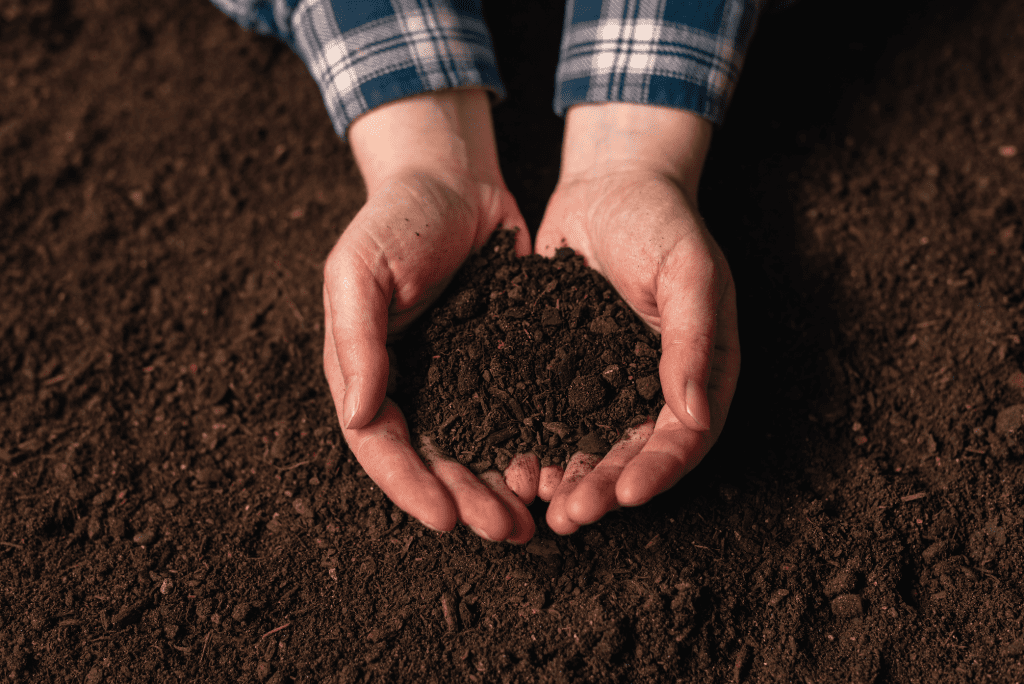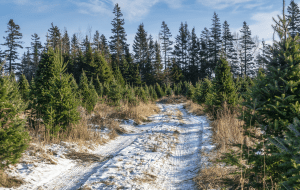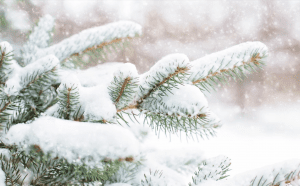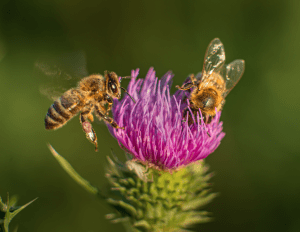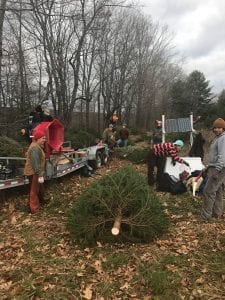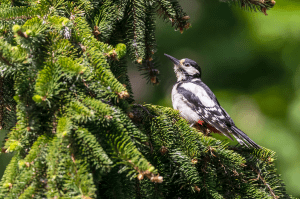In Nova Scotia, Balsam fir will grow naturally without any inputs. However, it is often necessary to provide supplemental nutrients to encourage growth and enhance desirable characteristics – such as color, when producing trees for sale. Providing optimal conditions in growing environments will not only result in a higher quality tree but will also reduce the time that it takes to produce one. Nutrient management planning is an essential component of any farm enterprise, but its scope should not be limited to fertilizer selection and application. Successful nutrient management planning involves an in-depth understanding of the health of your soils and your trees so that soils can be managed responsibly.
Starting from the ground
If you haven’t taken a soil sample in your lot in the last three years, this is the year.
Soil sampling is one of the best investments you can make on your farm and is the only way to gain an in-depth understanding of nutrient cycling in your lot. Soil sampling will help you make informed decisions about what the best fertilizers are for your lot, when and where you should be applying them, and at what rates. Precision fertilizer application based on soil testing (and foliar analysis) will not only save you money but will also give you better results. Further, as the steward of your land, it is your responsibility to ensure you’re managing nutrients responsibly and you can’t do that if you don’t know what’s going on under your boots!
Pick a dry day to do the sampling so that soils will not be saturated. Spring sampling is a good way to get results for immediate planning but fall sampling can also be done before snowfall to plan for the next year.
Figure 1 walks you through how to get started with soil sampling.

What should you expect from Soil Test Reports?
When you get your Soil Test Report back, you will see the results from your sample but, unlike other crops, you won’t get recommendations for Christmas Trees (yet). The main results to look at when you get your soil test back are Phosphorous (P), Potassium (K), Calcium (Ca), Magnesium (Mg), pH, and the lime requirement. Nitrogen (N) is also important (especially nearing harvest time) but must be requested as part of a special soil package (alternatively, N concentration in needles can be obtained from a tissue test).
See Figure 2 for the crash course on how these essentials support your Christmas Trees.

Managing soil pH should be the first step in your nutrient management planning. If soils are too acidic (pH is low), any fertilizer that you apply may be tied up or lost, essentially unavailable to the tree. Which means that your application was a waste of your money, effort, and time.
How is Nova Scotia doing?
2019 Field Season Results
Last summer (2019) was season 1 for the “Calibration and Correlation of Soil Nutrient Status with Needle Nutrient Concentration in Christmas Tree (Balsam Fir) Lots and Development of Enhanced Fertilization Guidelines” research project. Throughout the summer, a student collected a total of 50 soil samples on grower lots. From those samples, preliminary Nova Scotia Christmas Tree Soil Nutrient Results are displayed in Table 1. These averages should be used only for reference. There is high variability among lots so recommendations for the provincial, or even regional average will not fit all lots. For fertilizer recommendations based on your individual soil test, please contact me.
Table 1. 2019 Field Season Soil Averages from Calibration and Correlation of Soil
Nutrient Status with Needle Nutrient Concentration in Christmas Tree (Balsam Fir) Lots and Development of Enhanced Fertilization Guidelines project. Values should be used only as a reference as there was high variability across lots.
| Soil Property | pH | Organic Matter | P2O5 | K2O | Calcium | Magnesium |
| Units | pH Units | % | Kg/ha | Kg/ha | Kg/ha | Kg/ha |
| Nova Scotia | 4.87 | 7.61 | 115.38 | 188.09 | 545.66 | 115.25 |
| Standard Deviation | 0.35 | 2.35 | 105.77 | 69.83 | 451.30 | 61.75 |
| Northeast Region | 4.39 | 7.85 | 48.25 | 111.00 | 197.00 | 76.00 |
| Lunenburg Region | 4.86 | 7.92 | 97.67 | 204.41 | 546.20 | 118.81 |
| Cobequid Region | 5.06 | 6.11 | 215.93 | 132.47 | 636.13 | 109.07 |
The next step in this project will be to develop optimal values. Data on-site management and performance in Nova Scotia is needed to accomplish this. In summer 2020, additional lots will be sampled and data on lot management history will be collected. Far more samples are needed to generate robust data that can be used to create soil nutrient recommendations for NS Christmas Tree growers.

